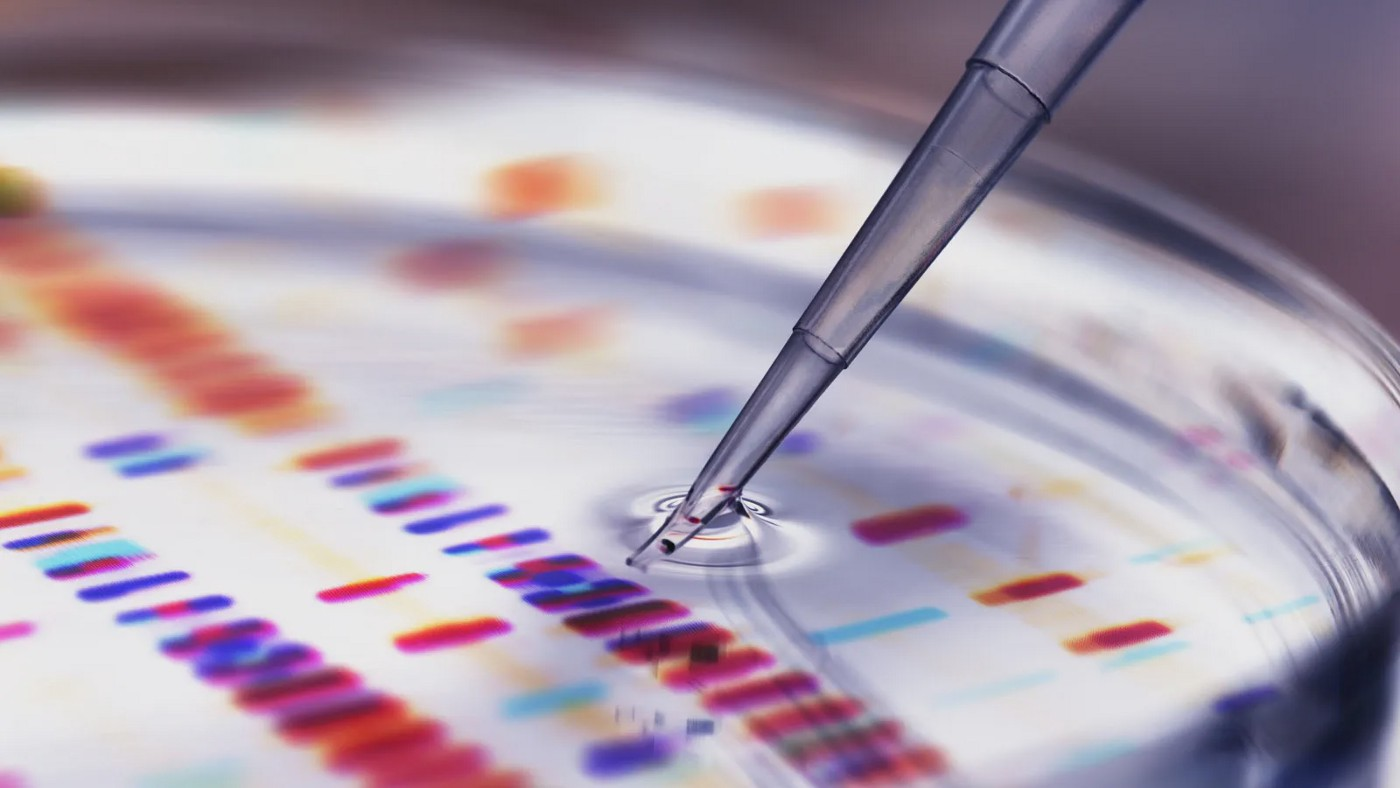Bleeding Disorders Types, Reasons, Symptoms, and Treatments.
What are Bleeding Disorders?
A Bleeding disorders is one of the most nervous conditions which shows to bleeding both exterior and inside the body. Our blood normally clots or turns from liquid to solid state to avoid excessive bleeding. But in the case of bleeding disorders,
situations prevent blood from clotting properly, which can result in heavy or prolonged bleeding. The process of clotting commonly known as coagulation is very important to evade bleeding disorders.
Haempath is one of the biggest and numerous well-equipped labs to diagnose any type of bleeding disorder in your body. We have a group of well-skilled critics and students that can work efficiently in any type of complicated situation.
Causes of bleeding disorders:
Bleeding disorders mainly develop when blood is not capable to clot properly. Our body needs blood proteins commonly known as clotting factors and blood cells known as platelets. These platelets clump jointly to form a blockage at the site of a hurt or injured blood vessel. The clotting factors together then create a fibrin clot which keeps the platelets in position and prevents blood from pouring out of the blood container. Following are a few causes that may block blood from forming clots-
· a low red blood cell count
· a vitamin K shortage
· side effects from certain medications
· Medications that interrupt with the clotting of the blood or anticoagulants.
Symptoms of a bleeding disorders
The symptoms can vary depending on the specific type of bleeding disorder but as soon as you notice any bad change in your body seeks medical advice instantly. However, the main signs include:
· Easy bruising
· heavy menstrual discharge
· frequent requirement of nose bleeding
· excessive bleeding from even minor cuts or an damage
· bleeding into joints
The prevalence of bleeding conditions are inherited, if left unattended or avoided some conditions may develop other painful medical conditions, such as liver disease.
Types of bleeding disorders
Bleeding disorders are not just caused by an unhealthy lifestyle but can inherit or acquired through genetics. These bleeding disorders can be so severe bleeding after an accident or injury.
There are numerous bleeding disorders, but the most common ones are:
· Hemophilia It is a disease that happens when there are low levels of clotting elements in your blood this can result in serious or unusual bleeding into the joints. It is a periodic condition but can guide to some life-threatening complications.
· Von Willebrand’s disease is an inherited bleeding disorder That happens when the blood lacks the von Willebrand factor, which is an important aspect that helps the blood clot.
How can we help?
Haempath labs are fully-equipped to analyze the condition of bleeding disorders. If you detect any of the abnormalities organize an appointment with us straight away. We will do some tests followed by a doctor’s medicine that will assist you diagnose your situation and help them prevent complications associated with certain blood disorders.
Your doctor will make a thorough physical assessment and will ask you to go via some blood tests to make a proper diagnosis. These difficulties may include:
· A complete blood count (CBC) test that measures the quantity of red and white blood cells in your body.
· a platelet aggregation test that restricts how well your platelets are stamping together
· a bleeding time test that helps us to analyze the time taken by your blood clots to prevent bleeding
Complications associated with bleeding disorders can be stopped or controlled with proper and convenient treatment. However, it’s important to get therapy as soon as possible as difficulties often occur when bleeding disorders are treated too late.
Inquire us more about Bleeding Disorders.





Comments
Post a Comment